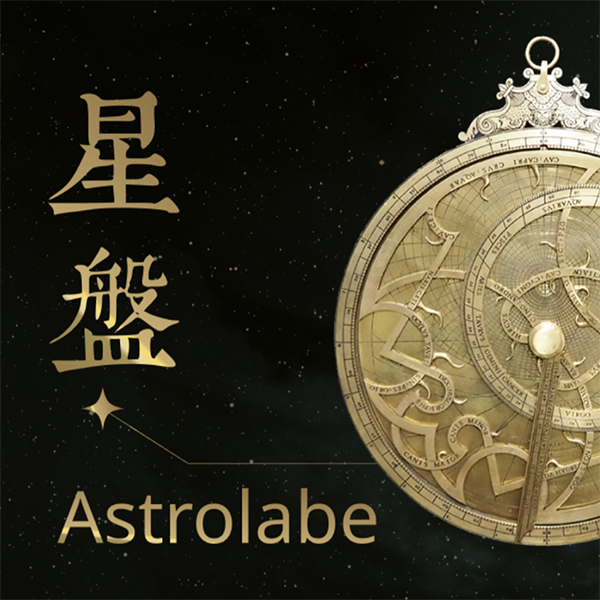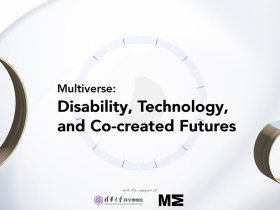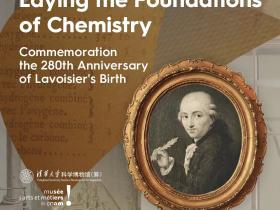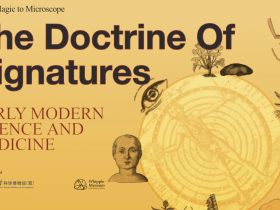Gregor Johann Mendel (20 July 1822 – 6 January 1884) was born in 1822 in what is today the Czech Republic. His father was a peasant and Mendel became a clergyman at the age of 21 at the St. Thomas Monastery in Brno, where he lived a quiet and fulfilling life. By hybridizing peas, Mendel wrote an astonishing chapter in the history of science and was named the “father of genetics” in the 20th century.
In 1990, the Human Genome Project (HGP) was set off and was completed in 2003 with full success. The HGP was a scientific research project which stimulated international collaboration. The HGP aimed at both mapping ( about 25,000) and sequencing human genes ( about 3 billion base pairs).
2022 marks the 200th anniversary of Mendel's birth, and the Department of History of Science at Tsinghua University, the Tsinghua University Science Museum, and the Science History Institute jointly present the bilingual online exhibition: "From Peas to the Human Genome Project: Celebrating Gregor Mendel's 200th birth anniversary.” Divided into five units, the exhibition reviews how genetics has developed in the past 150 years and introduces the biographies and achievements of 43 scientists who have contributed significantly to genetics, including several Chinese geneticists in the 20th century: Chen Zhen (1894-1957), Li Ruqi (1895-1991), and Tan Jiazhen (1909-2008).
As the history of scientific instruments becomes a new subfield of the history of science, this exhibition also presents several scientific instruments provided by the Science History Institute, such as the 1929 Klett Biochrometer, the 1938 Coleman Model 3D pH meter, and the 1960s Spinco Model 120B amino acid analyzer. The exhibition integrates these instruments into the narratives of each unit and highlights the roles of the scientific instruments in developing genetics in different periods.
This exhibition is one of the serial online exhibitions organized by the Tsinghua University Science Museum in collaboration with other museums of world-renowned universities and institutions. It also includes members from the Tsinghua University SRT project "Tsinghua University Science Museum 2022 Online Exhibition Planning" (led by Assistant Professor Liu Niankai of the Department of History of Science, No. 2221T0511).
5,140 total views, 7 views today







